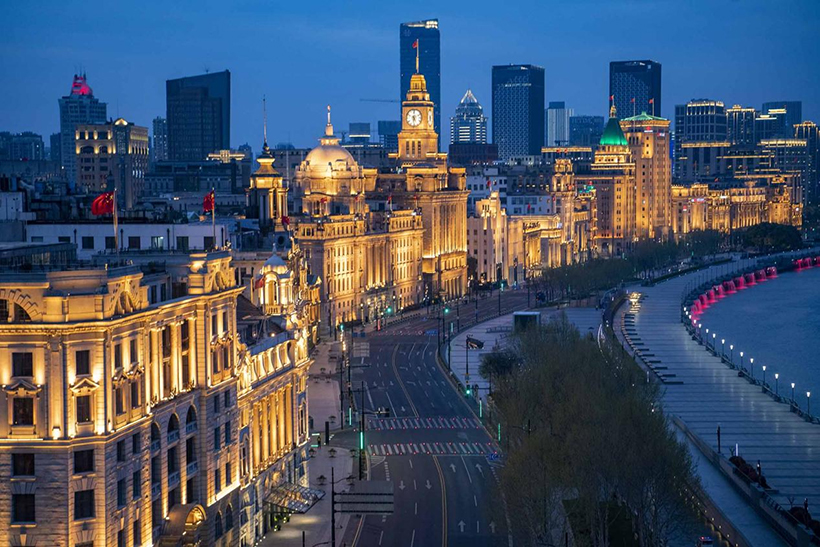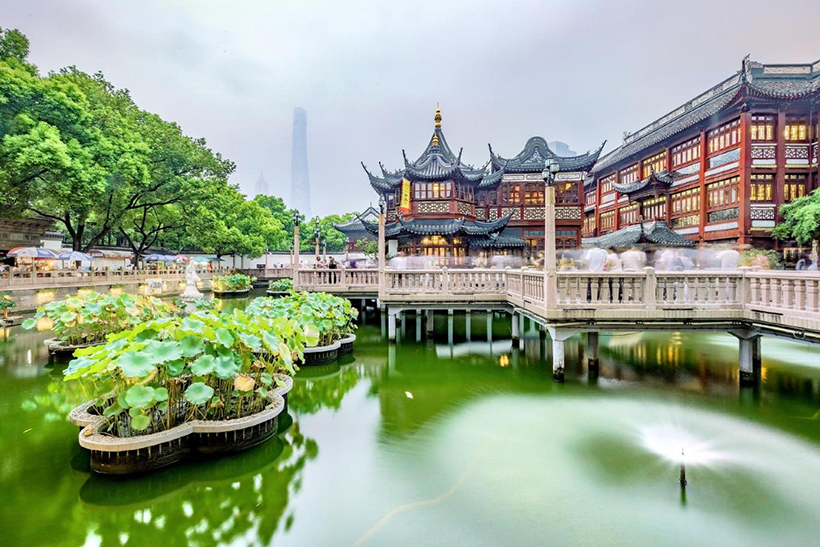Countdown:
Abstract submission due:
December 15, 2025
Abstract acceptance due:
February 15, 2026
Conference date:
April 17-19, 2026
-
General Chair
Peixin Dong
-
Email:
Shanghai
Shanghai, is one of the economic, financial, trade, and shipping center of China. Located on the west bank of the estuary of the Yangtze River, in the middle of the east China coast, it serves as a key economic hub and a gateway to the Yangtze River Economic Belt.

The Bund
The Bund is one of the most iconic landmarks in Shanghai. It is a riverside area on the west bank of the Huangpu River. Along the Bund, there is a row of historical buildings with various architectural styles such as Gothic, Baroque and Romanesque. These buildings were mostly constructed in the late 19th and early 20th centuries when Shanghai was an important international commercial port. For example, the HSBC Building, with its grand colonnade and elegant facade, is a masterpiece of neoclassical architecture. At night, the Bund is illuminated by colorful lights. The beautiful skyline of Pudong New Area across the river, with modern skyscrapers like the Oriental Pearl Tower, forms a striking contrast with the classical buildings of the Bund. Visitors can take a leisurely stroll along the Bund, enjoy the river breeze and appreciate the unique blend of old and new architecture.

Yuyuan Garden
Yuyuan Garden is a classical Chinese garden located in the old town of Shanghai. It was built in the Ming Dynasty and has a history of over 400 years. The garden is famous for its exquisite layout and beautiful scenery. It features traditional Chinese garden elements such as rockeries, ponds, pavilions and winding corridors. The rockeries are artistically piled up to create different peaks and caves. The ponds are filled with clear water, and there are often goldfish swimming in them. The pavilions are exquisitely decorated with traditional Chinese carvings and paintings. One of the highlights of Yuyuan Garden is the Dragon Wall. It is a long and winding wall with colorful dragon patterns, symbolizing the authority and auspiciousness of the dragon in Chinese culture. The garden is also surrounded by a bustling commercial area. Visitors can buy traditional Chinese handicrafts, snacks and souvenirs here.
